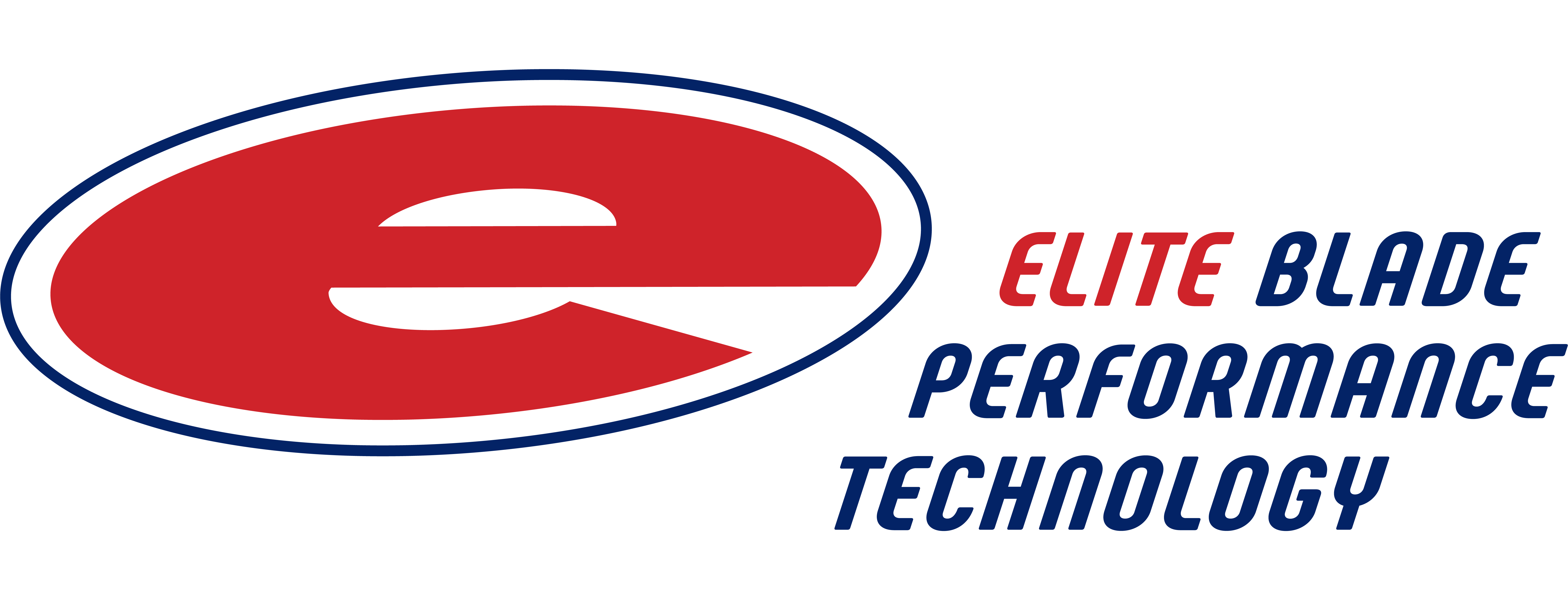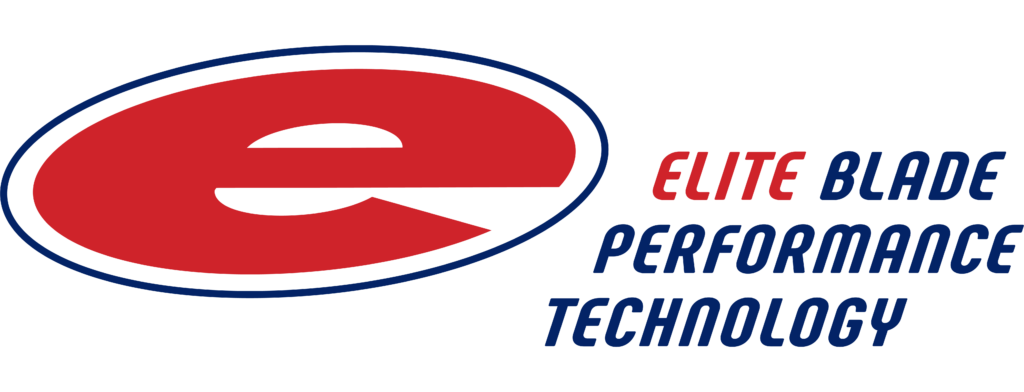TYPES OF PROFILES
There have been many performance profile formulas tried over the years, from CAG and Prosharp to Elite. It is worth finding the performance profile that feels right for your game and skating style.
Here’s a simple way to understand the world of performance profiles. Most profile combinations fit into two broad categories that share common characteristics. We refer to these as Heel Glide profiles and Center Glide profiles.
HEEL GLIDE PROFILES
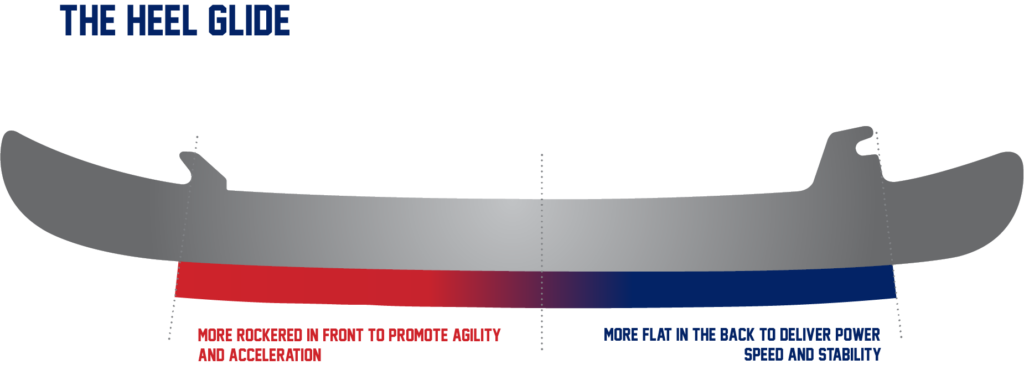
All Elite’s performance Duos, Triples, Quads, and the new Polaris share the common characteristic of starting out comparatively rockered in front and becoming progressively flatter towards the heel.
* Prosharp’s Zuperiors, Quads and Duos also fit into this category.
Elite’s Profile Ranking System
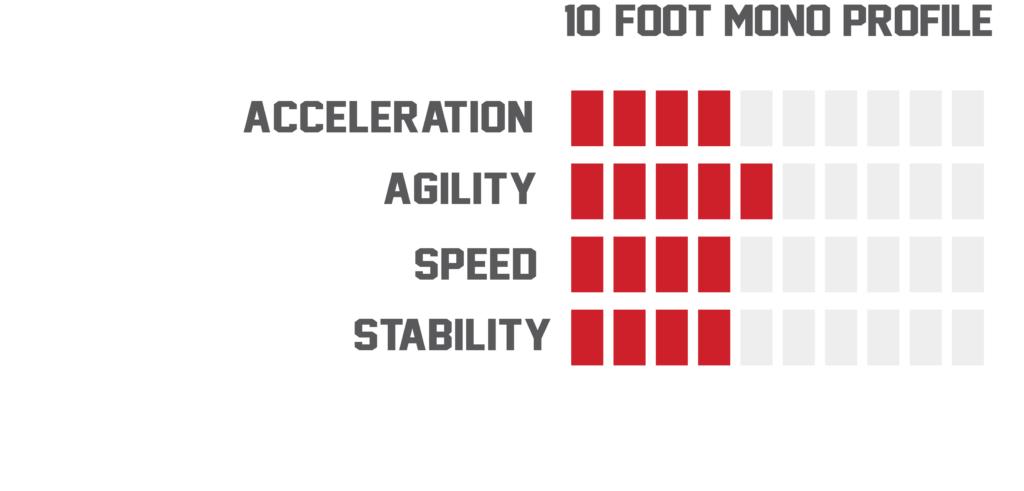
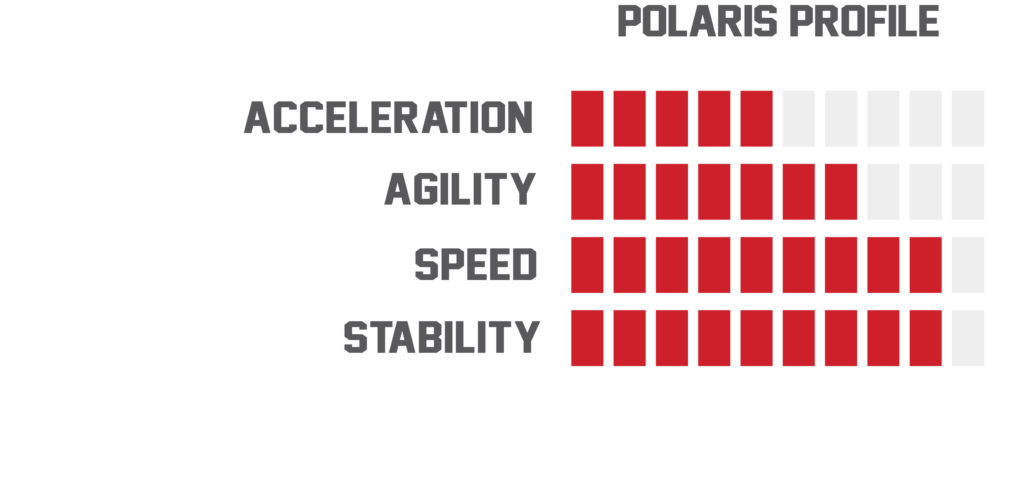
DUOS
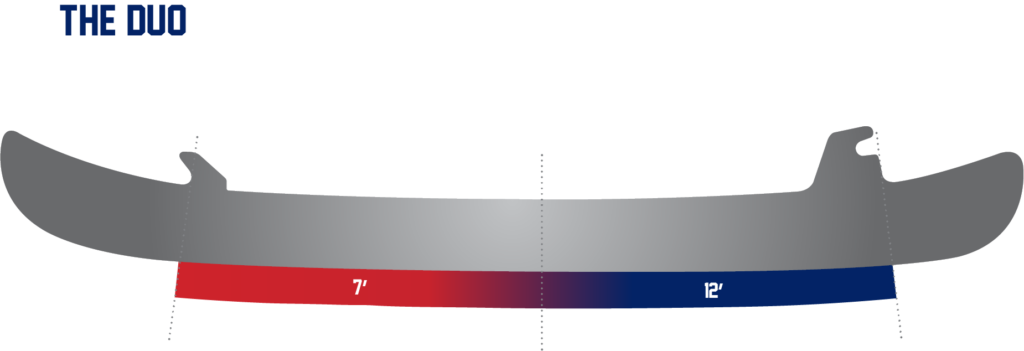
Our most popular duos
7’-13’ DUO
Great all-around profile, strong glide, some forward pitch feel.
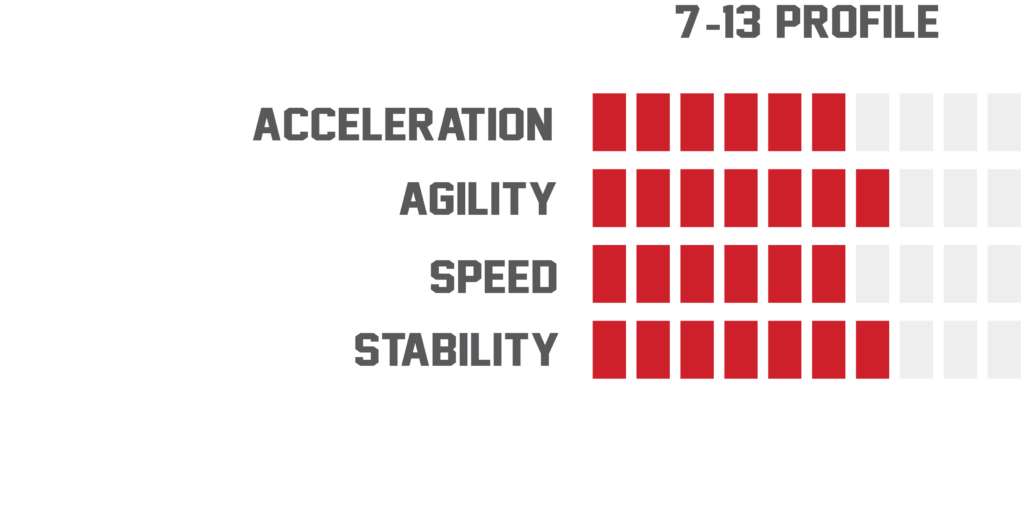
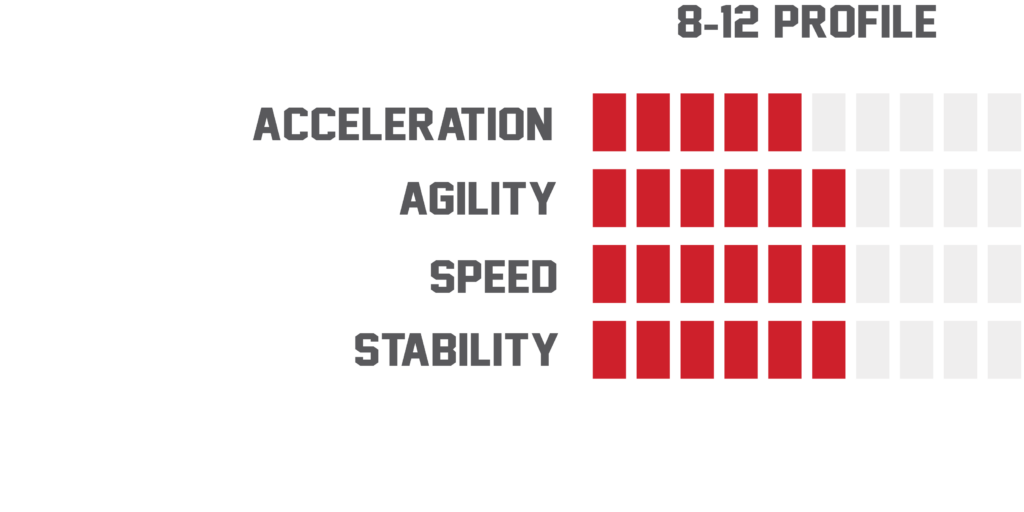
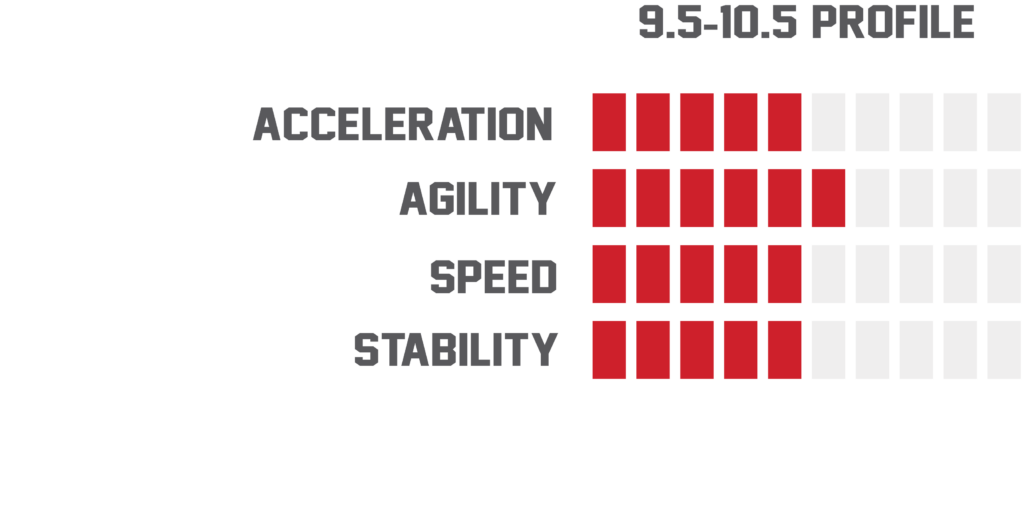
Triples
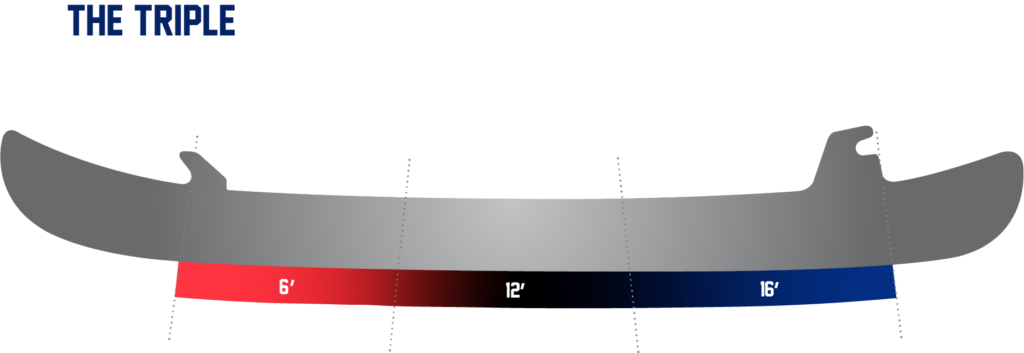
Our most popular triples
EL3.1 TRIPLE
(6’-12’-16’) Large, Standard
(5’-10’-13’) Junior
Light, agile toe, with a very slight forward pitch feel. Flatter heel provides good stability. Good mix of agility, power, and stability. (Similar to the Prosharp Zuperior)
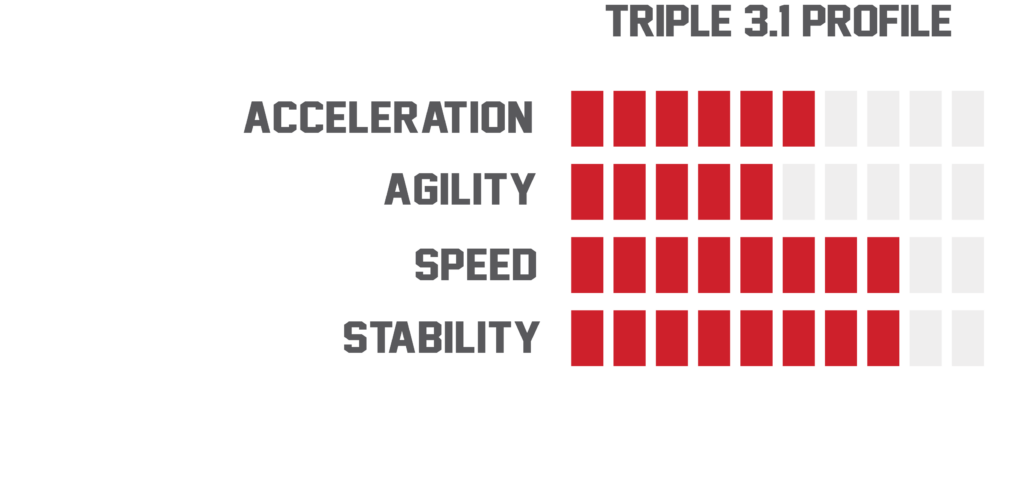
Quads
The quads have four different radius curves, with a more gradual transition between curves than the duos and triples, and provide an excellent balance of speed, power, agility, and stability. Our Quads are very similar to the Prosharp Quads.
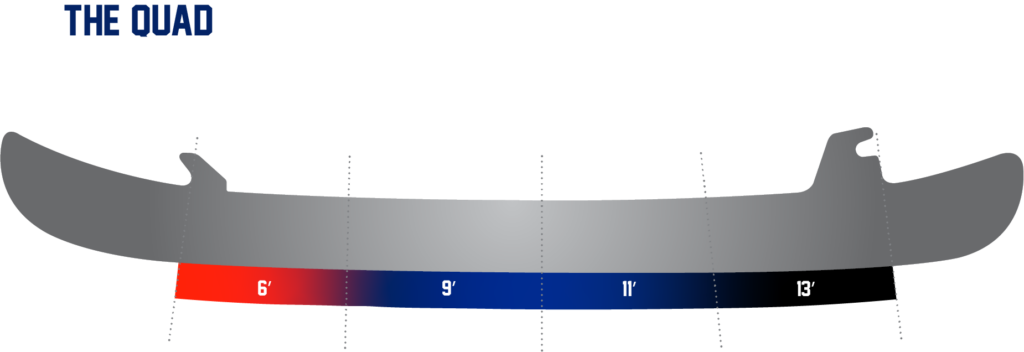
The polaris
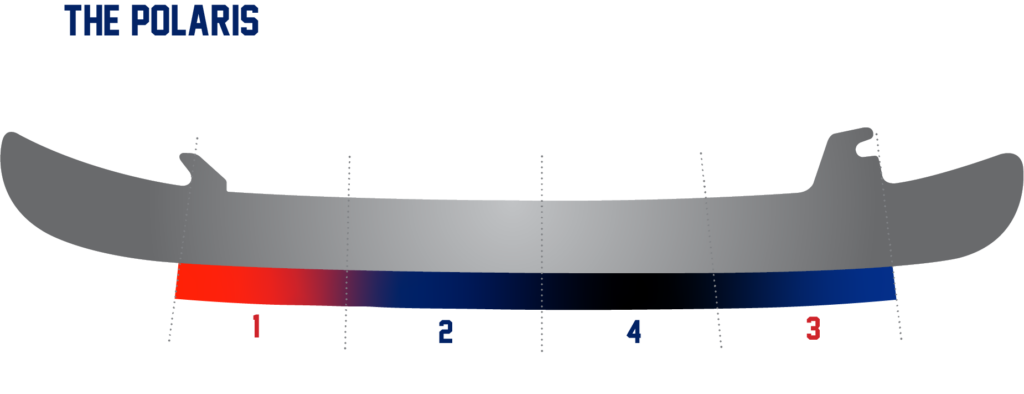
Our most popular quads
POLARIS QUAD
Large, Standard, Junior
The newest Quad in our collection, the Polaris is very agile with exceptional power and stability. Extremely smooth transitions. With a slight forward pitch feeling, the Polaris also feels significantly lighter in the heel which provides extra agility.
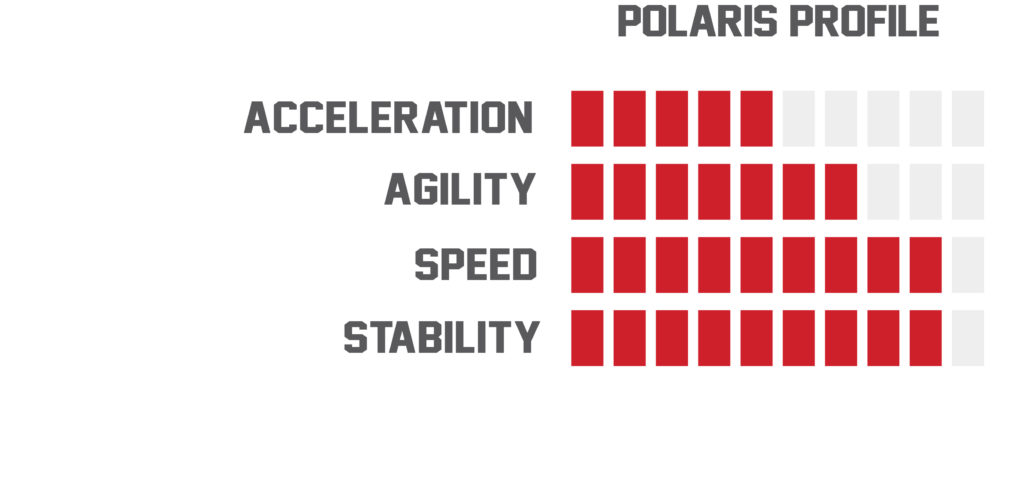
EL4.1 QUAD
(6’-9’-11’-13’) Large, Standard
(5’-8’-10’-12’) Junior
Fast, powerful, solid. Smooth transitions. Slight forward pitch feel. The lightest feel of the quads.
The 4.1 is Similar to the Prosharp Quad Zero.
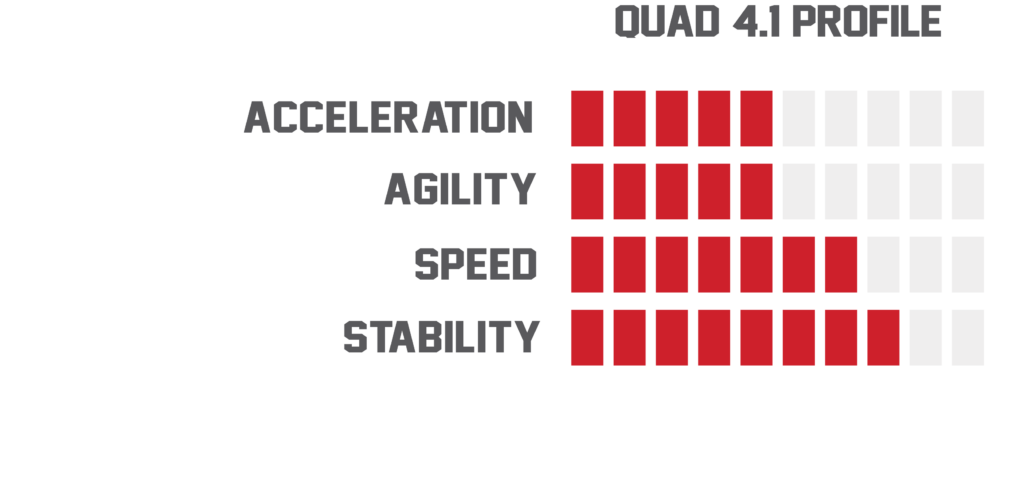
EL4.2 QUAD
(7’-10’-13’-16’) Large, Standard
A little less agile feeling than the 4.1, with good balance. A good mix of power and agility. Extremely solid, stable feeling profile.
The 4.2 is similar to the Prosharp Quad 2.

Center GLIDE PROFILES

SCS Series
SCS Profiles
SCS-1
Large, Standard, Junior
Four radius curves, flattest in the center of the blade. Very powerful and smooth-skating profile, with high top-end speed and powerful turns while preserving agility and explosiveness. The ultimate blend of agility, power, and speed. This is the most agile of the SCS profiles, with the most rockered heel and toe sections.
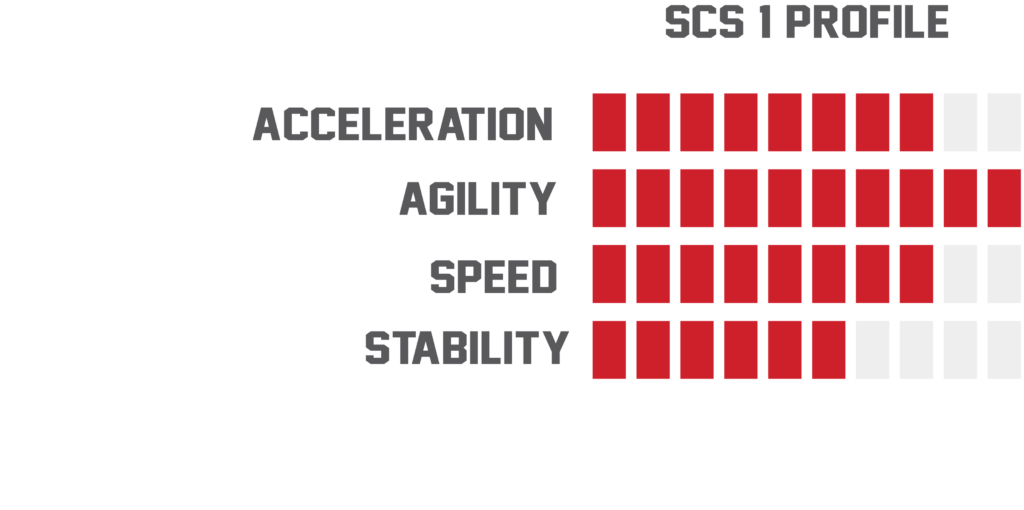
SCS-2
Large, Standard
Has the same mid-foot flatter-radius curves as the SCS-1, but with slightly less rockered heel and toe for greater power and stability.
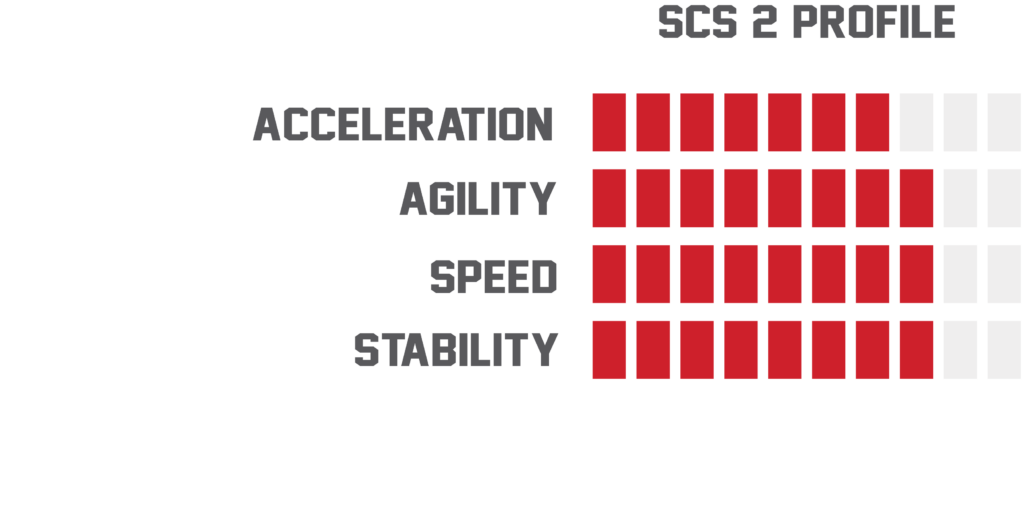
Center flat series
The Center Flats are Elite’s version of the CAG profiles, which have an actual flat section at or near the middle of a 10’ mono blade. They come in a variety of lengths of flat section, and also in neutral and more forward-pitched configurations. The flat section adds speed and stability but with a loss of agility, especially in the longer lengths. As well, the transitions onto and off of the flat section are not smooth in the longer lengths.
The SCS is a much higher performing evolution of the Center Flat design. If you have players that have been skating on a CAG, we highly recommend they try the SCS series, which has much smoother transitions.
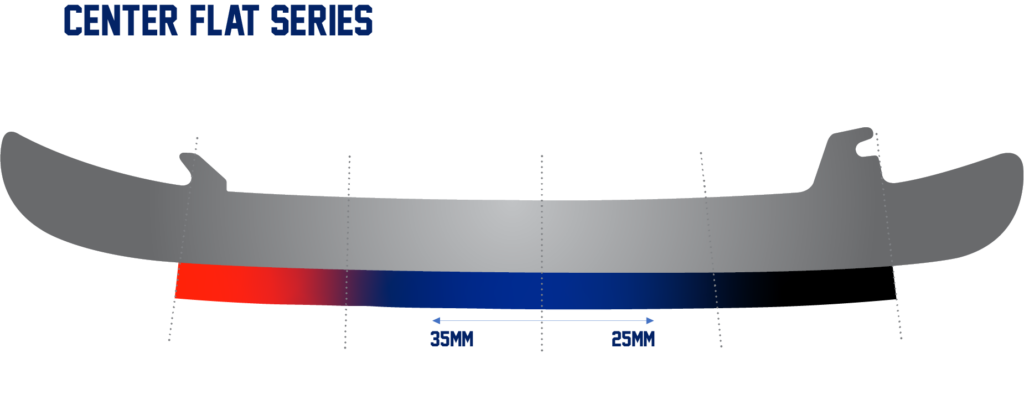
CENTER FLAT Profiles
| Center Flat Length (mm) | Neutral Position | Forward P1 Position | Forward P2 Position |
|---|---|---|---|
| 40 | 20-20 | 23-17 | 27-13 |
| 50 | 25-25 | 29-21 | 33-17 |
| 60 | 30-30 | 35-25 | 40-20 |
| 70 | 35-35 | 41-29 | 47-23 |
| 80 | 40-40 | 47-33 | 53-27 |
mono profiles
10′ MONO
Stock, out of the box blade. Decent basic blade with some agility/stability, but no performance gains in agility, power, speed, or stability.
All our other rankings are in comparison to the 10’ mono.
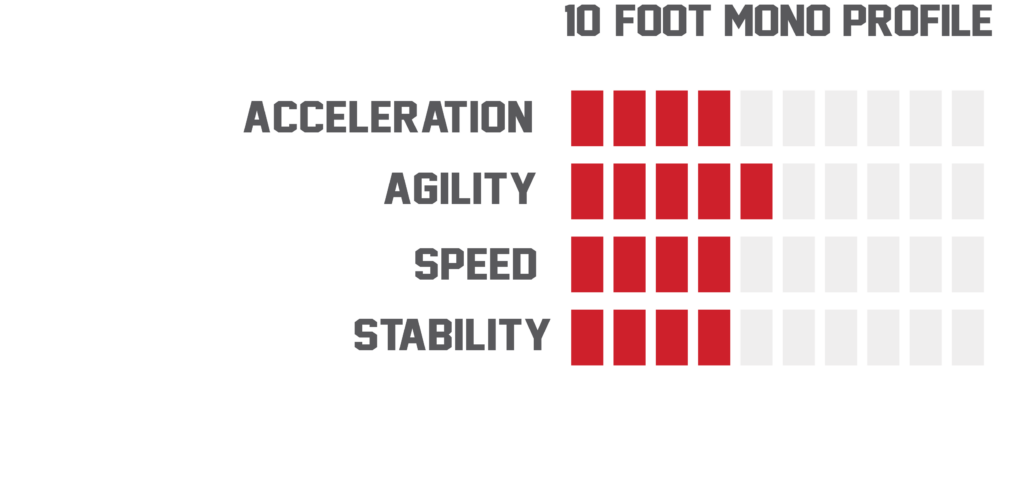
goalie profiles
Goalie profiles are much flatter than player profiles, providing superior stability and lateral power, helping the goalie stay in balance and move quickly side-to-side.
The standard line of ELITE Goalie Profile templates includes both Monos and Performance Duos. Many goalies are finding they like the feel of a Performance Duo, with a slightly shorter radius curve in the front.
Goalie duos

Goalie monos

